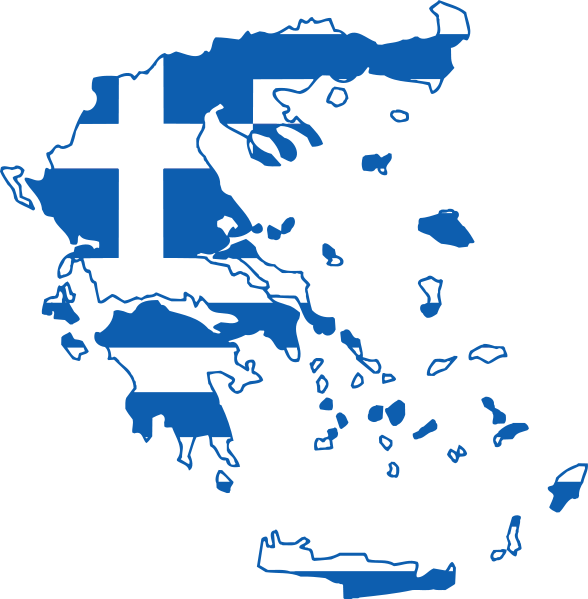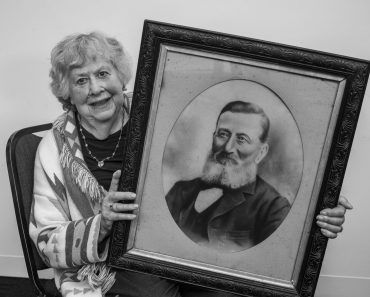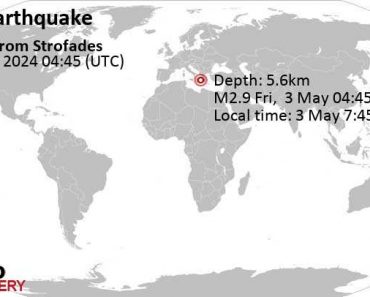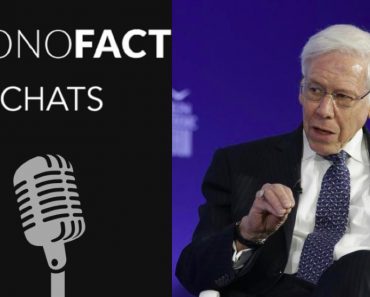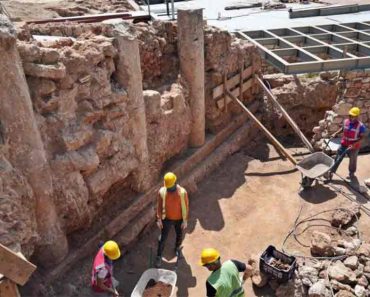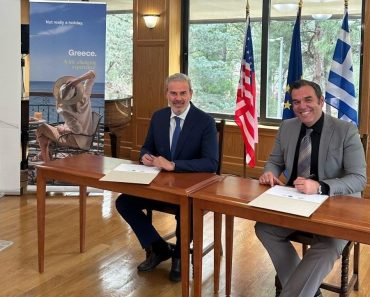Italian Pisa University Research Team Announced Buried in a private space in the Académie Garden AI Technology Accelerates Ancient Papyrus Deciphering
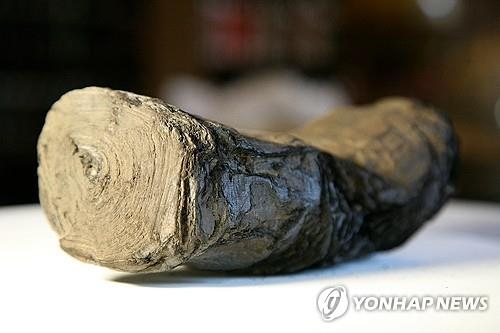
The site where the ancient Greek philosopher Plato was buried was identified in 2000 years. It is through artificial intelligence (AI).
Italian daily Rastampa reported on the 23rd (local time) that the site of Plato’s tomb was confirmed through ancient Roman papyrus scrolls.
Graziano Ranochia, a professor of papyrus studies at the University of Pisa in Italy, introduced these achievements when he announced the interim results of the ‘Greek School’ research project conducted with the National Research Council at the National Library of Naples.
According to the results of the reading of Heraculaneum scrolls, Plato’s tomb is in a private space in the garden of Academia, which he founded in Athens, Greece.
It is already known that Plato was buried in Academia, but the exact location was revealed for the first time.
The Heraculaneum scroll, which contained the location of Plato’s tomb, refers to more than 1,800 papyrus documents found in Heraculaneum, an ancient Roman city in the Gulf of Naples that disappeared with Pompeii in 79 AD due to the eruption of the Vesuvius volcano.
Professor Ranocchia explained that the location of Plato’s tomb was recorded in a history book written by Fkuros philosopher and poet Philodemus, who lived in Heraculaneum.
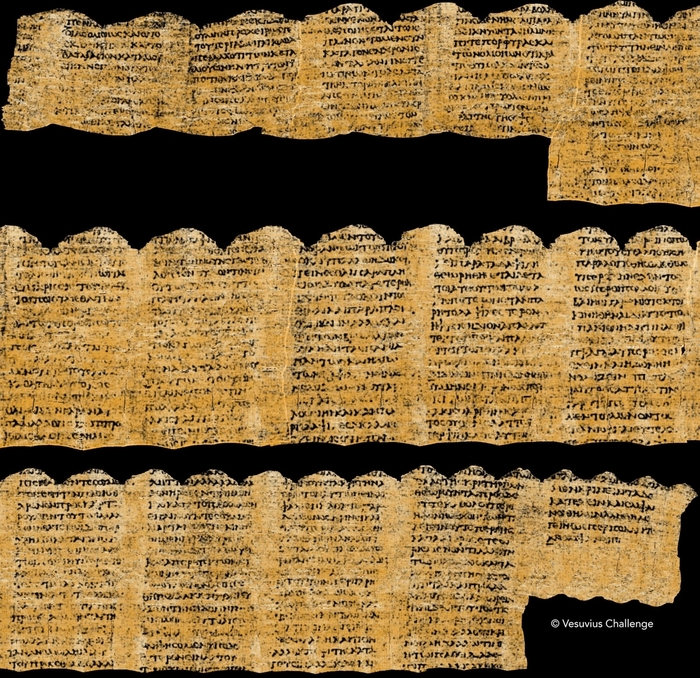
AI is behind the decryption of the document about 2,000 years after it was discovered.
Heraculaneum scrolls were charred like charcoal by volcanic eruptions and were damaged for a long time, so there was a high risk of crushing them if they were to be unfolded.
Accordingly, researchers have been conducting research by securing images through computed tomography (CT) and X-ray imaging.
The speed has been accelerated since AI has developed dramatically. When AI spreads the scroll virtually through machine learning, researchers are discovering the characters and uncovering the meaning.
Last year’s Vesuvius Challenge also unveiled AI technology that measures subtle changes made by ink on the surface of papyrus. The Vesuvius Challenge is an online competition for herclaneum detoxification hosted by the French Academy.
The research team, led by Professor Ranokia, did not introduce specific ways to use AI, but said, “We found 1,000 new words with AI,” adding, “We found 30% more words than the last time we decoded it 30 years ago.”
